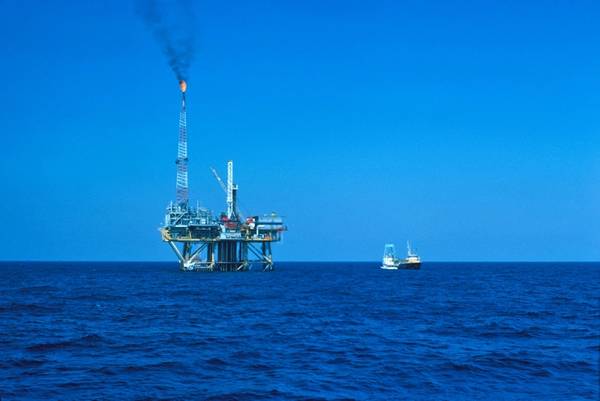
According to a new S&P Global Commodity Insights report, more than three-fourths of all oil and gas production in the United States Gulf of Mexico has a lower greenhouse gas (GHG) intensity than the basin-wide average. GHG intensity from shallow water shell production was shown to be more than twice as high, on average, as deepwater.
The report shows that the average GHG intensity of production in the U.S. Gulf of Mexico was found to be 7 kilograms of carbon dioxide equivalent per barrel of oil equivalent (kgCO2e/boe) in 2022.
However, S&P Global says, about 78% of the total production was found to be beneath that average.
Conversely, assets on the upper bound of carbon intensity—responsible for just 10 percent of total production—generated 35% of the basin’s total GHG emissions.
Overall, individual assets across the basin displayed a wide variability, ranging in GHG intensity from less than 2 kgCO2e/boe to nearly 50 kgCO2e/boe for most production.
The 2 kgCO2e/boe to nearly 50 kgCO2e/boe range includes 99% total 2022 production covered by the US Gulf of Mexico analysis. The full range, including outliers, extends up to c. 900 kgCO2e/boe. For comparison, the GHG intensity range for 99% total 2021 production across the North Sea study area extends to c. 70 kgCO2e/boe.
“A relative minority of less-productive assets were found to be responsible for a disproportionate amount of emissions,” said Christopher Kennett, Technical Research Associate Director, S&P Global Commodity Insights. “This trend—along with the tendency for there to be a wide variability in the GHG intensity from any one asset to the next—underscores the limits of placing too much significance on overall averages when considering the GHG intensity of any given asset.”
The considerable variation in intensity levels is consistent with findings for other basins. A previous S&P Global Commodity Insights analysis of North Sea production found that basin to have an average intensity of 12 kgCO2e/boe in 2021, with individual assets ranging from less than 1 kgCO2e/boe to nearly 150 kgCO2e/boem S&P Global Commodity Insights says.
"The analyses are derived from a new S&P Global Commodity Insights capability that provides a novel and comprehensive approach to estimating upstream oil and gas production emissions. The new capability, built upon existing proprietary upstream databases and emerging sources such as reported emissions and satellite flaring data from the Earth Observation Group, makes it possible to estimate the totality of an upstream oil and gas play’s emissions and emissions intensity—from across the play, down to individual assets and the sources of emissions, such as the fuels, that underpin each operation," S&P Global Commodity Insights explained.
Several factors ultimately influence the GHG intensity of an asset. These include productivity, where younger and more productive fields tend to be less GHG intensive than older, more geologically challenging fields. The latter also may require energy-intensive enhanced recovery techniques, increased drilling to maintain productivity and older technology can also put upward pressure on emissions intensity. Other factors include the degree to which operations can be electrified and the amount of venting and flaring that occurs.
In the case of the U.S. Gulf of Mexico, key disparities were observed between production coming from the deepwater compared to more shallow shelf terrains.
Shelf production was found to have a GHG intensity that was more than twice as high, on average, as deepwater on account of shelf production tending to come from more mature, and thus less productive, wells as well as processes that utilize more venting.
Deepwater production—which constituted 86% of all production in the U.S. Gulf of Mexico in 2022—tends to come from newer wells that utilize more technologically advanced techniques.
“The share of production in the U.S. Gulf of Mexico coming from deepwater has increased by approximately 14% over the past decade,” said Tomos Phillips, Senior Technical Research Analyst, S&P Global Commodity Insights. “That expansion of newer, and thus more productive operations that leverage the latest technology has decreased the region’s emissions intensity by 25% from 2012 to 2022 and we expect the basin’s emissions profile to remain steady in the near term as more production shifts from the shelf to deepwater.”
A heightened focus on decarbonization may contribute to additional declines in GHG intensity for the basin in the coming decades. Additional declines could occur from deployment of carbon capture utilization and storage technology as well as expanded use of renewable power—such as offshore wind turbines—to provide less carbon-intensive fuel sources for production in the region, the analysis says.



